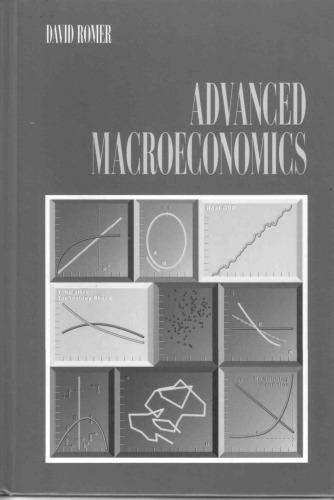6.1. Consider the problem facing an individual in the Lucas model when P/P is unknown. The individual
Question:
6.1. Consider the problem facing an individual in the Lucas model when P/P is unknown. The individual chooses L, to maximize the expectation of U; U continues to be given by equation (6.3).
(a) Find the first-order condition for Li, and rearrange it to obtain an expres- sion for L; in terms of E[P:/P]. Take logs of this expression to obtain an expression for l.
(b) How does the amount of labor the individual supplies if he or she follows the certainty-equivalence rule in (6.17) compare with the optimal amount derived in part (a)? (Hint: how does E[In(P/P)] compare with In(E[P, /P])?
(c) Suppose that (as in the Lucas model) In(P/P) = E(In(P/P) | P] + u, where u; is normal with a mean of zero and a variance that is independent of P. Show that this implies that In {E[(P/P) | P]} =E[ln(P/P) | P] + C, where C is a constant whose value is independent of P. (Hint: note that P/P exp(E[ln(P/P) | P]} exp{u}, and show that this implies that the ; that maximizes expected utility differs from the certainty-equivalence rule in (6.17) only by a constant.) 1/
Step by Step Answer:







